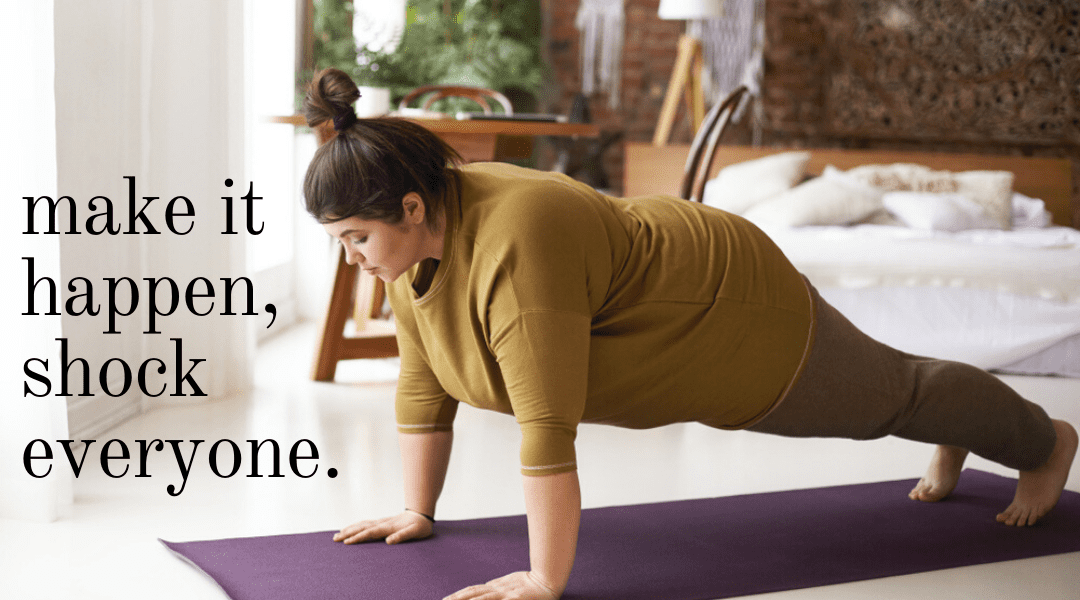Physical Vs Mental Fitness
There is but one way to live life to its fullest- being fit. Understanding the benefits of all-round fitness and knowing how active you should make it easier to improve the overall quality of your life. To help you live better, here’s how you can benefit from mental and physical exercise regardless of your age, sex or physical ability.
When talking about fitness, both mental and physical fitness come into play. More often than not, physical fitness gets plenty of attention, and for a good reason. A healthy body can counter conditions such as heart disease and diabetes, and help you maintain confidence as you age.
However, mental fitness is just as important as physical fitness, and should not be neglected in your self-betterment plans.
Mental fitness means having a brain and emotional health in tip-top shape. It may not necessarily mean training to ace an IQ test, but a series of exercise that helps slow down, decompress and boost a flagging memory.


Aerobics (cardio)
Aerobics involves maintaining an increased heart rate for an extended period of time. Types of cardio exercises include running, swimming, biking, rowing, dancing, and jumping rope.

Strength
Also called Resistance Training. It’s a physical activity with the purpose of increasing muscle strength and mass. Examples include weightlifting, dumbbell and bodyweight exercises.

Balance
This is where you activate your abdominal muscles for stability and control of your body. Balance exercises can include yoga, tai chi and stability ball exercises.

Flexibility
Bragging about how much you can bench is no fun if you have trouble tying your shoes. Flexibility saves you from tight hips, hamstrings, hip flexors and makes you as strong as you can be.

Why you need to be fit and importance of physical fitness
Weight control leads you towards fitness
Along with diet, exercise plays an essential role in managing your weight and preventing obesity. To maintain your weight, the calories you are taking must equal the energy you burn. To lose weight, you must utilize more calories than you eat and drink.
Manage your sugar and insulin levels
Exercise can reduce your blood sugar level and help your insulin work effectively. This can lower your risk for metabolic syndrome and type 2 diabetes. And if you already have one of those diseases, exercise can help you to maintain it.
Feel Happier through fitness
Exercise has been shown to improve your mood and reduce feelings of depression, anxiety, and stress. It produces variations in the parts of the brain that control stress and anxiety. It can also boost brain sensitivity for the hormones serotonin and norepinephrine, which relieve feelings of depression.
Better Mental Health and fitness
Regular exercise can have an extremely positive influence on depression, anxiety, ADHD, and more. It also relieves stress, increases memory, helps you sleep better, and boosts your overall mood. You don’t have to be a fitness fanatic to reap the benefits – browse through our site and discover how to reap these benefits.
How to Achieve Mental Fitness
Be positive with yourself and improve your fitness
Affirmation, or positively talking to yourself, involves strengthening neural pathways to bring your self-confidence, well-being, and satisfaction to a higher level. To start, make a list of your good qualities. Remind yourself that you don’t have to be perfect. Set goals for what you want to make better and start small to avoid becoming confused.
Stop Multitasking
Many think that multitasking enables you to get more things done at once, but it creates more problems than it solves. Focusing on one task at a time will improve your concentration and help you to be more productive.
Try Something Different
New practices can also set you on the way to mental fitness. You can fit new approaches into your daily life by trying new foods, new ways to accomplish routine tasks, traveling to new places or trying a new route to the grocery store.
Read More
Reading is great for your brain. Your brain processes every word you read, including this one. Beyond the mechanics, reading helps you visualize the subject matter on the pages before you, and imagine what voices sound like in the written dialogue.
This can also be a great relaxation technique
Top Fitness Tips for Mental and Physical Exercise.
General physical fitness and targeted exercises to improve stability can prevent falls. But so can staying mentally ready to maintain brain health. A sharp mind helps you to think — and stay — on your feet. Join us and learn to strike a balance.
No Results Found
The page you requested could not be found. Try refining your search, or use the navigation above to locate the post.
150 Exercises You Can Do
As a bonus, we are giving a free fitness exercise ebook to start your healthy lifestyle
Hip Flex Lunge
The hip flexor lunge exercise is mostly used for warm-up or cool-down stretches. Close to its name, this is also a good stretch for tight hips. This puts pressure and strengthens your core and lower back muscles.
Time
1-5 Minutes
3-5 Minutes
Just before strenuous exercise
Muscle Group
All the major lower body muscles (i.e. calves, hamstrings quadriceps, and gluteal)
Difficulty
Moderate
Fitness Type
Stretch

Safety Tips
Remember to not bend your knee too far or let one hip sag because this could greatly affect your performance of this exercise. If you have a knee injury or any injury that is affecting this joint, ask permission or clearance from your doctor first.

Equipment Required
If doing this exercise barefoot, you may need a mat. But this is not necessary.
Number of Reps and/or Length of Time
Beginners
1-2 minutes
10 secs hold
Repeat 3 times
Intermediate
2-4 minutes
20 secs hold
Repeat 4 times
Advanced
3-5 minutes
30 secs hold
Repeat 5 times
Instructions
Watch the instructional video, then read the following for clarification.
Start by kneeling with your left knee.
Step 2
Slowly move the kneeled knee away so that it will not be aligned to your butt. You can place your hands on the supporting folded leg or on your hips or on your back.
Step 3
Lean forward and stretch your left hip toward the floor.
Step 4
Hold this pose for 30 seconds.
Step 5
Switch sides and repeat
Step 6
Bring both legs straight to a sitting position to relax.
Step 7
Bring both legs straight to a sitting position to relax.

Fitness Tip
Choose a fitness regime that fits into your lifestyle. Though do try to make it at least 4 vigorous sessions of a minimum of 30 minutes each.
Other Exercises you may like
Register Now
Sign up today and Get Expert Fitness Advice Right delivered right in your mail

